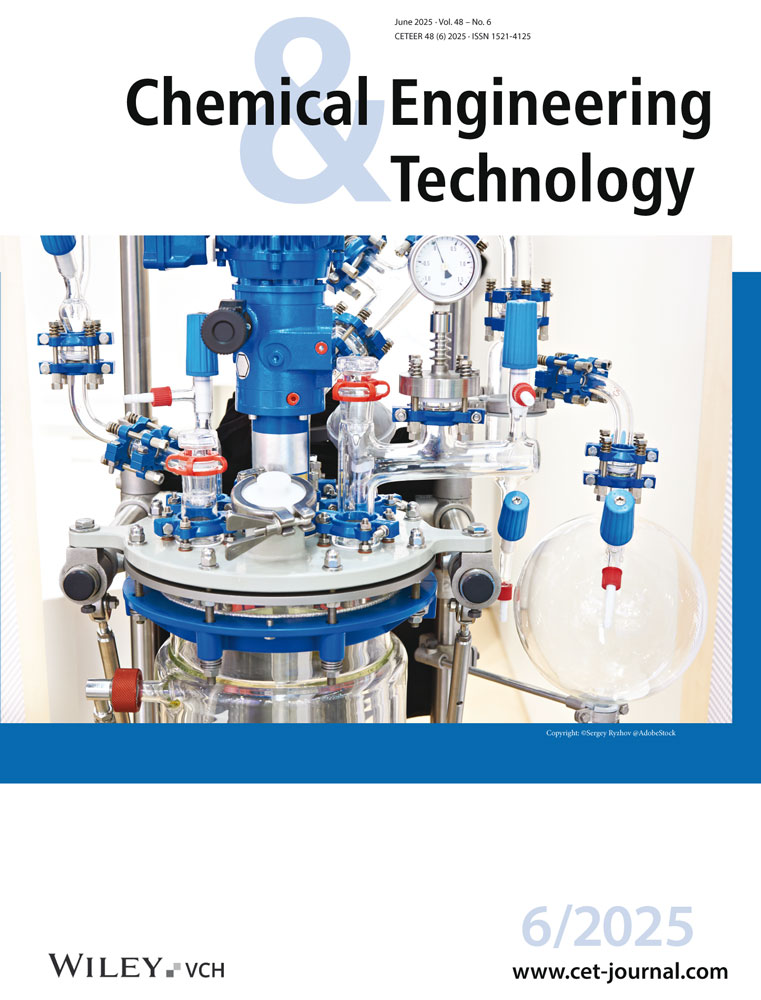Corrosion Inhibition of Mild Steel Using Azadirachta indica Leaf Extract in an Alkaline Medium Containing Cl− Ions
Abstract
Mild steel (MS) corrosion is a grave concern in manufacturing industries. Neem leaf extract (NLE) (Azadirachta indica—AZI) was used as a green corrosion inhibitor (GCI) for MS with 1 wt% calcium hydroxide (Ca(OH)2) and 0.5 wt% sodium chloride (NaCl) (alkaline medium) and studied via weight loss technique, electrochemical impedance spectroscopy (EIS) study, and adsorption isotherm study. Weight loss experiments were conducted at 10–50 min immersion time. The findings show that the AZI extract inhibits MS corrosion in a 1 wt% Ca(OH)2 and 0.5 wt% NaCl solution. In the presence of Cl− ions, passivation breaks down and metal gets corroded at a higher rate. GCI is introduced to mitigate the problem of corrosion. Therefore, using GCI is essential for preventing metal from corrosion in an alkaline environment with chloride ions. The efficiency of inhibition decreases as immersion time increases. Inhibitor adsorption showed spontaneous physisorption and was best fitted by the Frumkin adsorption isotherm. From the EIS study, the highest inhibition efficiency was found to be ∼78 %. Scanning electron microscopy (SEM) image confirms a layer of protection with an inhibitor appearing over the metal surface. Fourier transform infrared (FTIR) analysis identifies NH2 group present in NLE, contributing to understanding its molecular interaction with the metal surface. X-ray photoelectron spectroscopy (XPS) analysis reveals that NLE compounds form a complex on the metal surface, effectively slowing down the corrosion process. X-ray diffraction (XRD) spectra show peaks corresponding to ferrous chloride (FeCl2) in the absence of an inhibitor, whereas this peak disappeared on the metal surface in the presence of NLE. This demonstrates that NLE effectively protects the metal from corrosion. AZI is used as green corrosion, as it is biodegradable, cheap, easily available, and economically viable.




